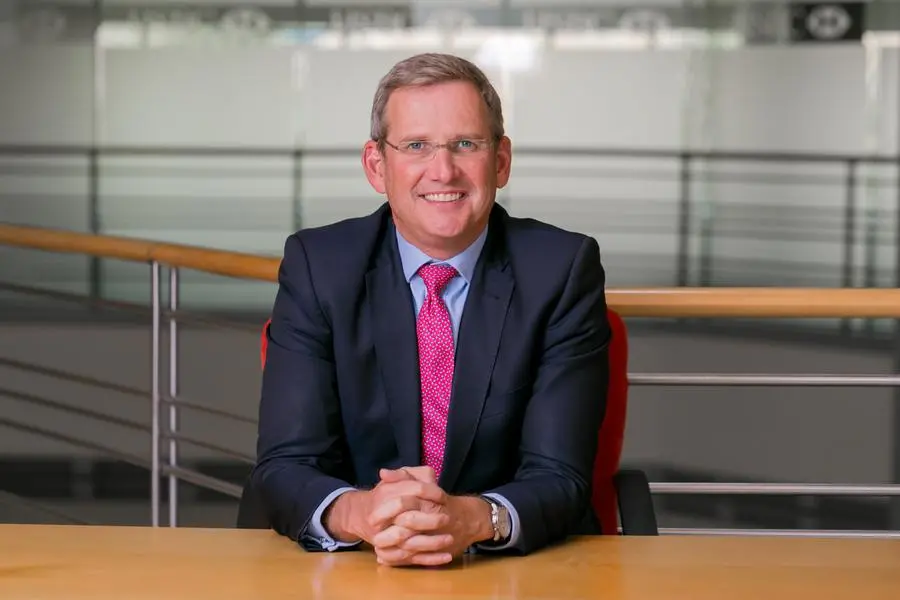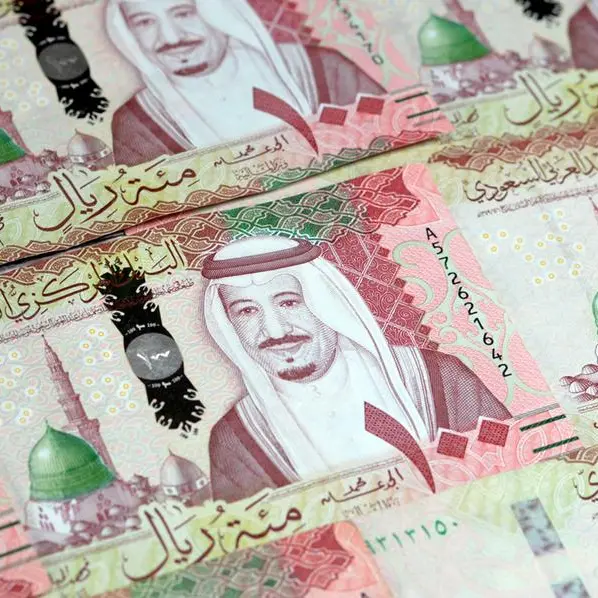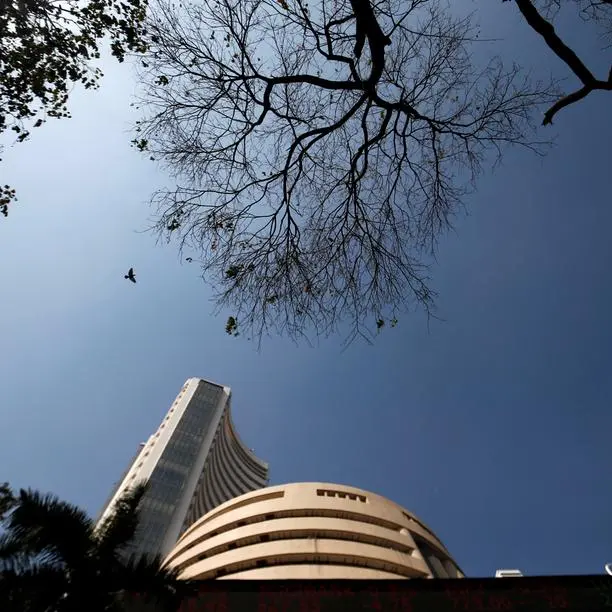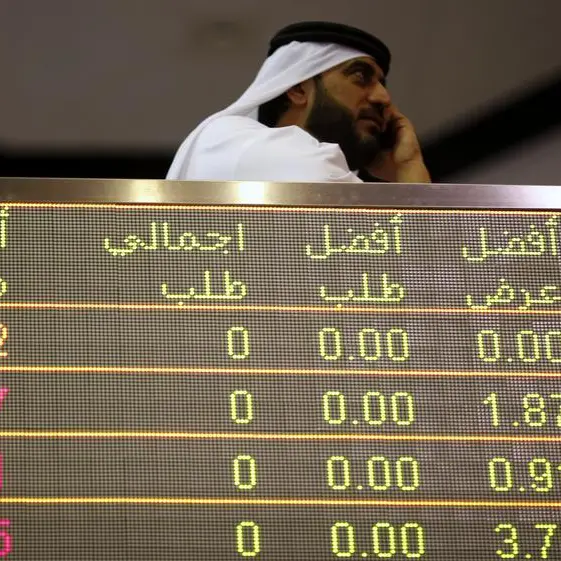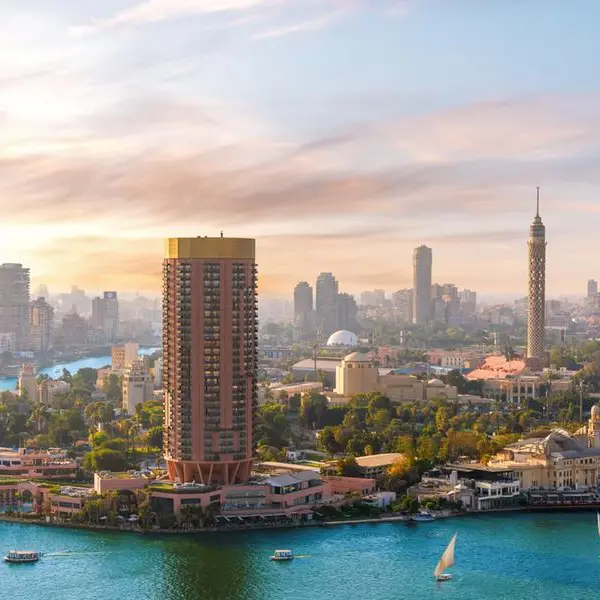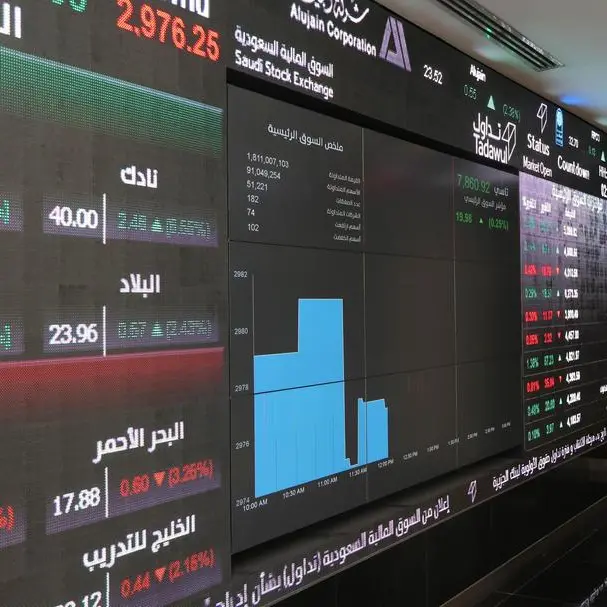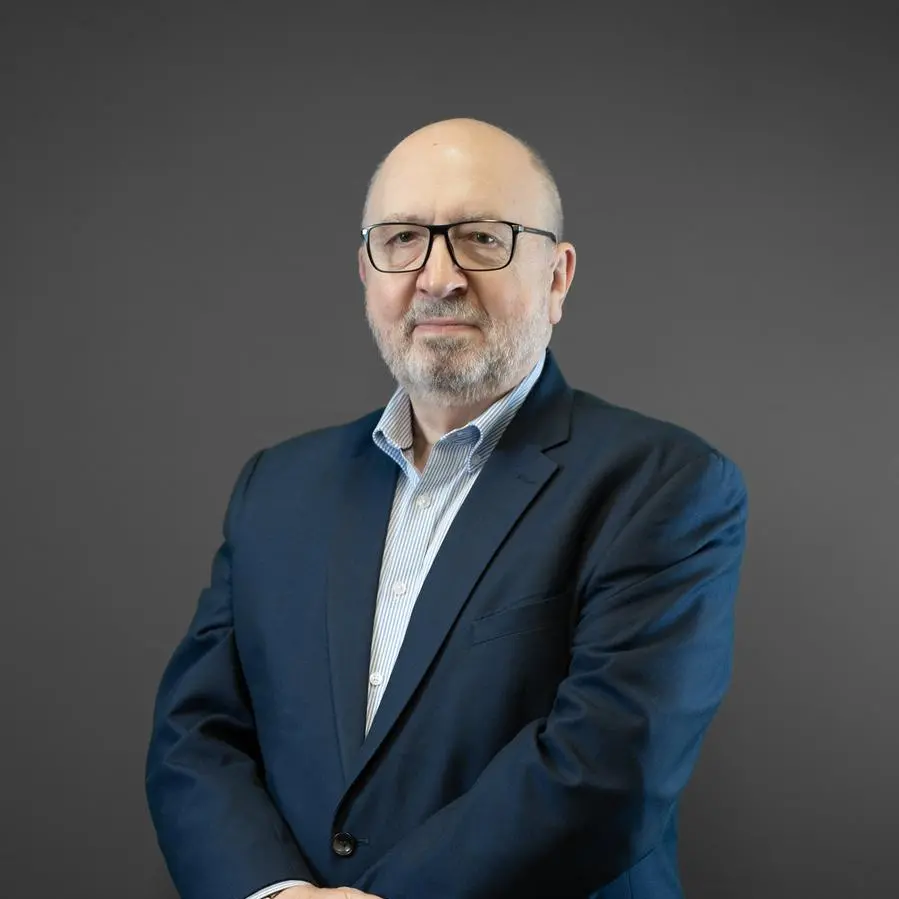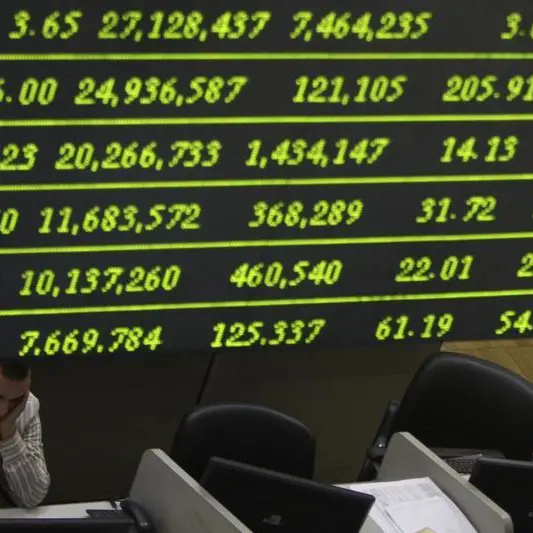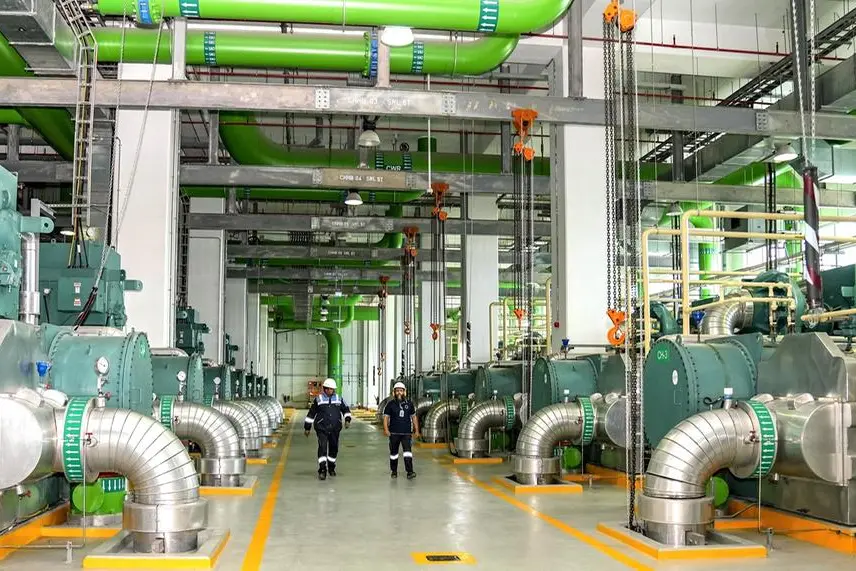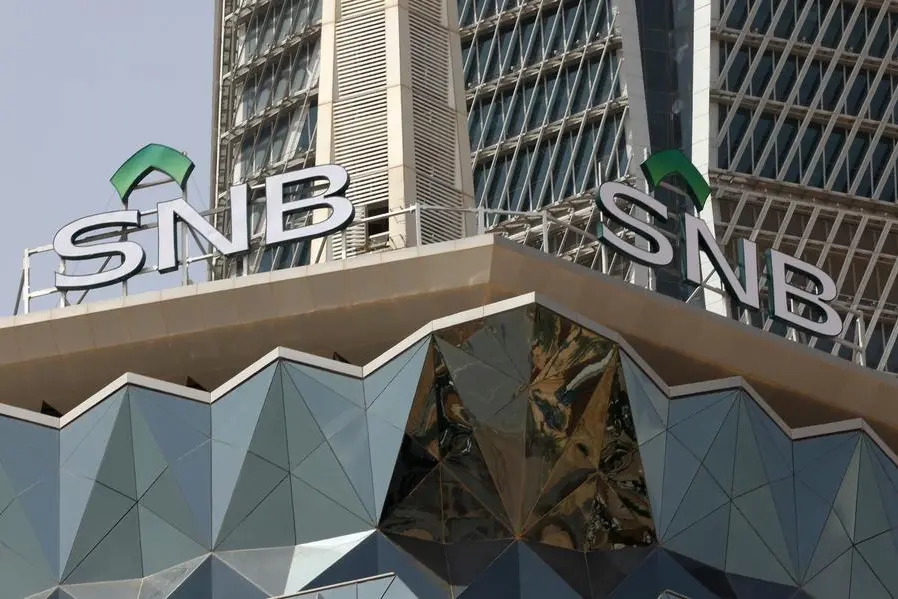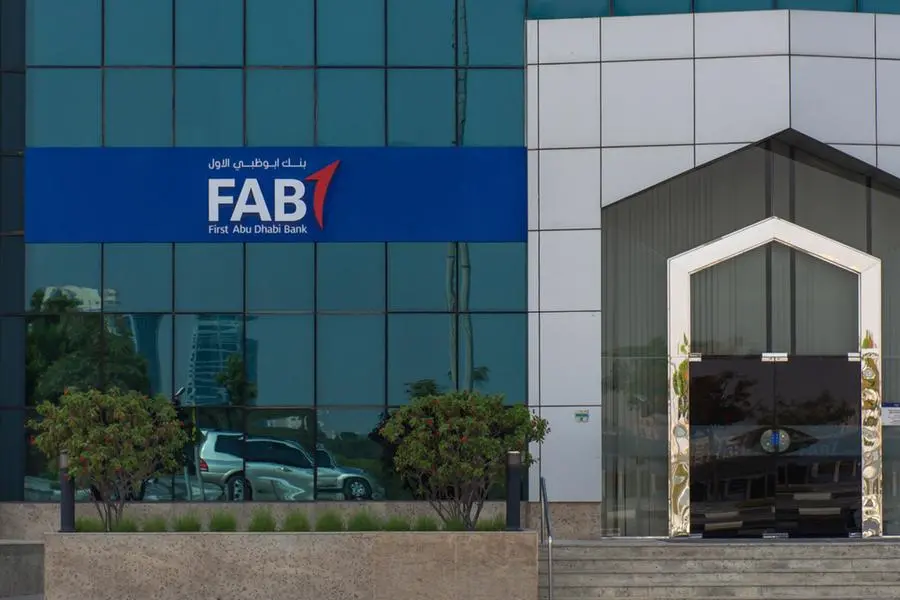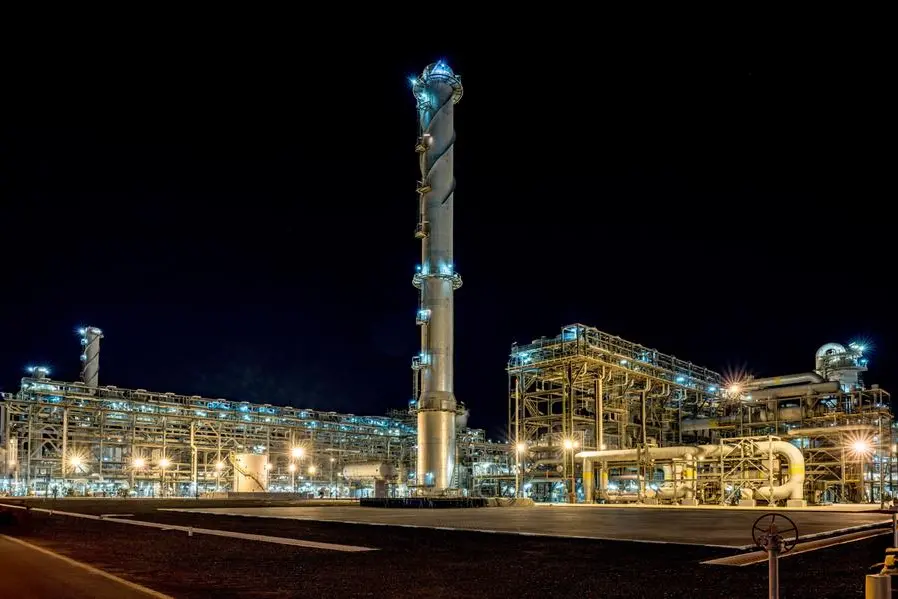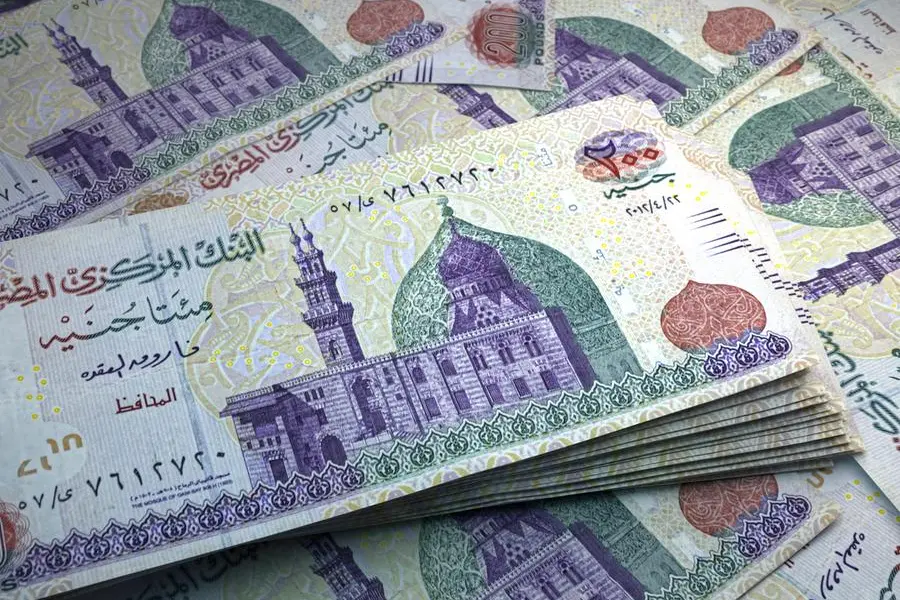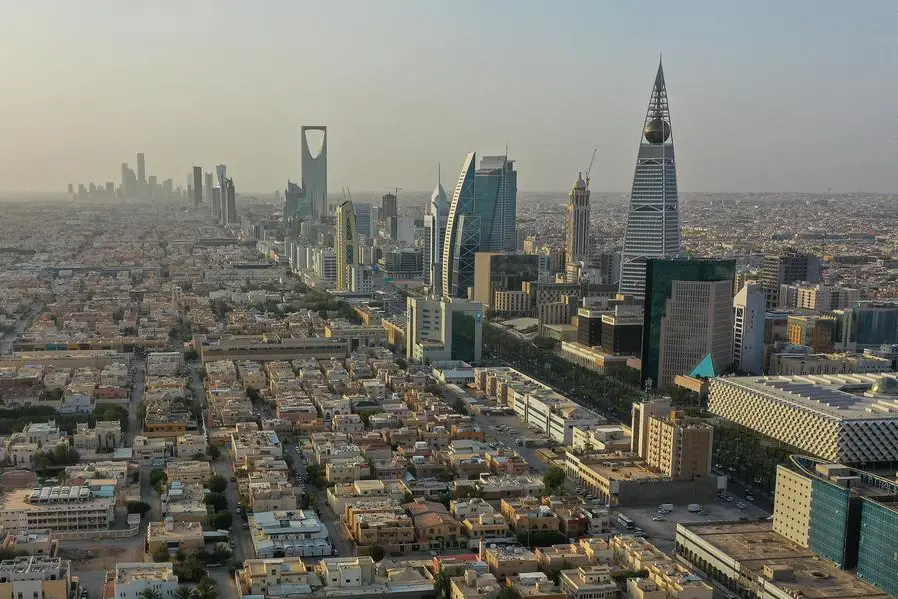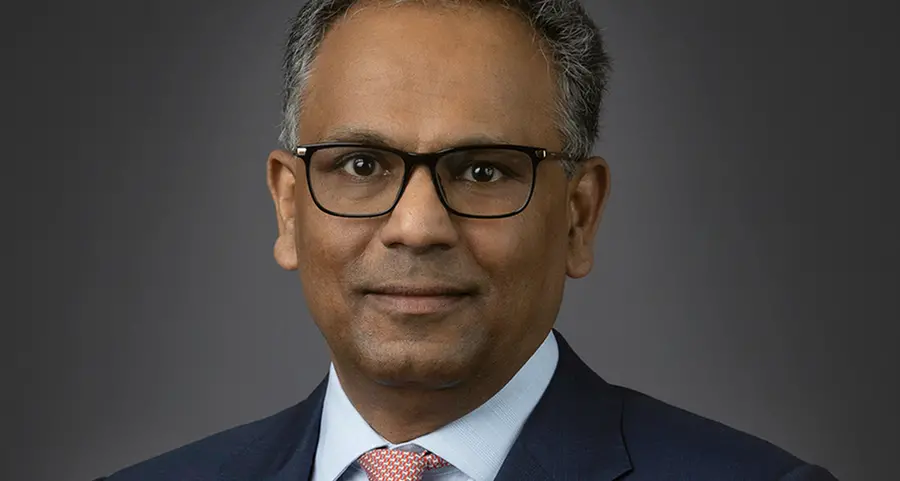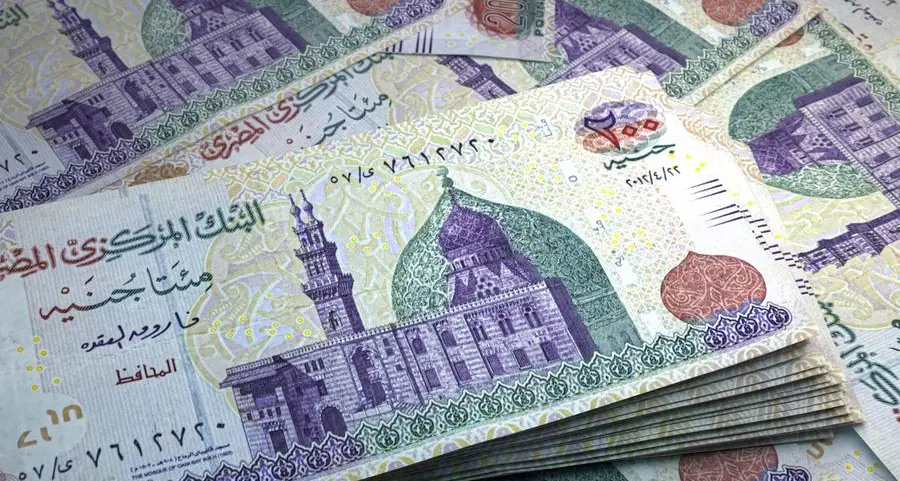PHOTO
"The capital reinvestment in the Middle East’s infrastructure projects presents significant opportunities, and approximately half of it is already committed,” Julian Wentzel, Head of Global Banking, MENAT, HSBC, said. Image courtesy: HSBC
A rise in domestic investments and the number of asset managers, the transformation of capital markets and active private markets are some of the changes enabling increasing capital flows between Asia and the Middle East and Africa regions.
Asia and the Middle East are at the centre of this transformation, with financial assets in Asia, excepting Japan, projected to grow at 8% a year from 2023 to 2028 and at a rate of 9% in the Middle East and Africa, both above the global trend of 6%, according to HSBC.
The GCC's capital spending plans are estimated at over $3 trillion, with infrastructure finance a key driver attracting FDI and global investors to the region.
"The capital reinvestment in the Middle East’s infrastructure projects presents significant opportunities, and approximately half of it is already committed,” Julian Wentzel, Head of Global Banking, MENAT, HSBC, said.
“This infrastructure spend is attracting companies from Asia to support engineering, procurement and construction. Conversely, the Middle East’s sovereign wealth funds continue to be capital exporters to Asia, as they seek strategic investments that allow access to capabilities and advanced technologies to support economic diversification at home.”
Saudi Arabia is planning a huge logistics hub with the help of China. The KSA-Sino logistics Special Economic Zone located at the King Salman International Airport is expected to attract more than 3,000 wholesalers and retailers and about 200 light industrial manufacturers from China and Asia.
While new listings including cross-listings will increase the scale and liquidity of local capital markets, a larger more liquid and more open capital markets in the two regions are expected to lead to bigger weightings in global indices.
Saudi Arabia's first exchange-traded funds (ETFs) that track Hong Kong-listed shares, mainly Chinese firms, are expected to be the largest such funds in the Middle East. The Albilad CSOP MSCI Hong Kong China Equity ETF invests in 30 stocks through a Hong Kong-listed ETF tracking the MSCI HK China Connect Select Index 3432.HK.
Currently, Asia and the Middle East are a small component of global equity and bond indices. But they are also growing rapidly. Saudi Arabia, Qatar and the UAE together account for 0.64% of the MSCI ACWI Investable Markets Index, the benchmark for $4.6 trillion of investments. Mainland China, Hong Kong, Singapore and India have a total share of 5.16%.
The GCC fixed income market has witnessed significant growth during the first half with the primary debt issuances of bonds and sukuk soaring to $75.5 billion from $54.8 billion last year, representing a 38% increase.
“Capital flows between the regions are still in their infancy, but it’s inevitable that investment will follow increasingly strong trade links, which are part of a broader shift of global supply chains,” Wentzel said.
“A large, liquid dual listing would be the real test of the depth of capital flows, but that will require a high degree of equivalence in market standards” he added. “While we are moving in that direction, it will naturally take time to harmonise standards in areas like disclosure and listing rules on both sides of this corridor."
The domestic asset management sector in Asia and the Middle East is relatively under-developed. Only six of the world’s 50 biggest asset managers are from Asia Pacific, and none from the Middle East.
However, the growth of local wealth pools are encouraging global asset managers to enter these markets. The local governments are incentivizing supporting the development of domestic asset management industries in Asia and the Middle East. The Middle East and Africa (MEA) are leading the global growth in asset management industries. Wealth assets in MEA are growing at 8.2%, while Asia Pacific is at 7.4%, according to a report from Oliver Wyman.
At present, private markets in both regions account for smaller percentages of global AUM due to their fragmented markets as well as their legal and regulatory regimes.
Nevertheless, it offers an opportunity for investors to bypass existing public markets infrastructure and commit capital directly to companies in the other region.
The world's largest asset manager Blackrock with $10 trillion in AUM has launched an investment platform in Saudi with a $5 billion anchor investment from PIF. It will launch investment strategies across asset classes in the kingdom, including private markets, managed by a Riyadh-based investment team.
In the last week of October, Saudi's PIF said it will anchor Brookfield Asset Management's new $2 billion private equity fund. The move will also allow Canada-based Brookfield, which has about $1 trillion in AUM, to tap into other Middle East countries.
(Reporting by Seban Scaria; editing by Daniel Luiz)
